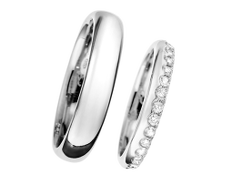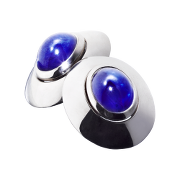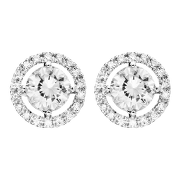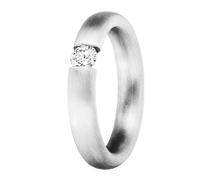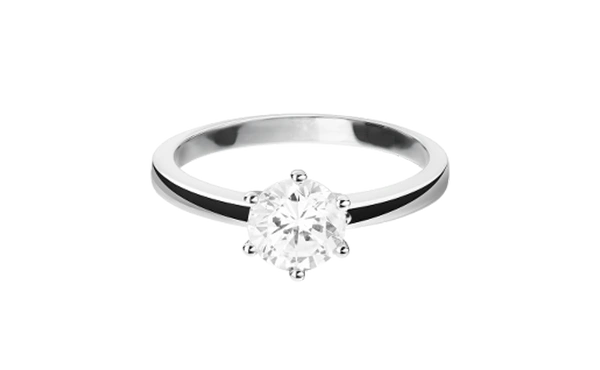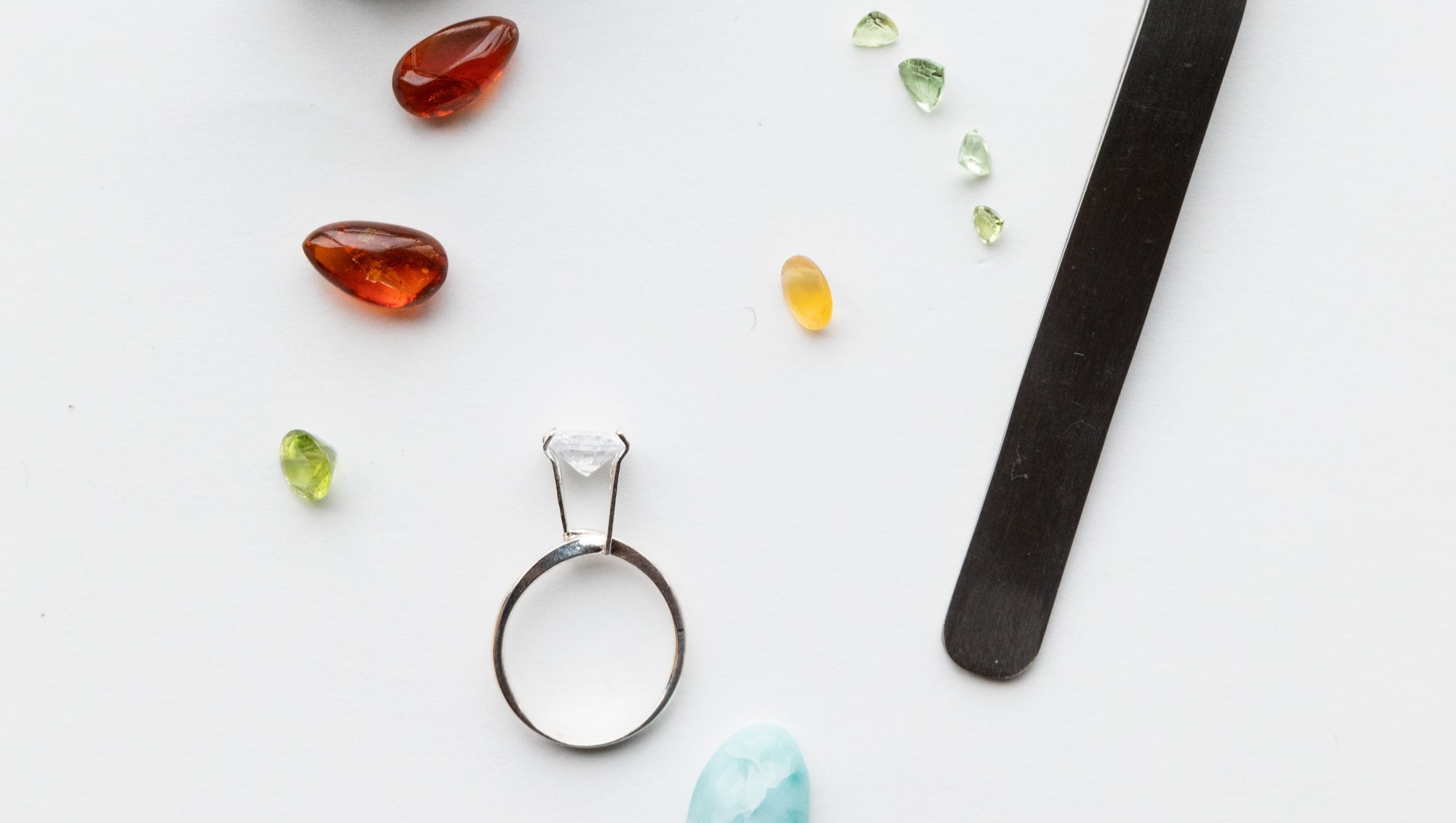Discover fantastic pieces of jewelry made from this precious metal.
platinum jewelry by RENÉSIM
The True Value of Platinum
Platinum is much rarer than gold , which makes the precious metal particularly valuable. Platinum is also a heavy and flexible precious metal, which is why platinum alloys with a fineness of 96% (960 platinum) are common for jewelry - the fineness of gold jewelry is usually much lower. In addition to the valuable platinum alloys with a high fineness, there are also less commonly used, lower quality platinum alloys with finenesses of 80%, 75% or 58.5%.
Platinum alloys used to make jewelry are usually composed of platinum and copper, since pure platinum (999 platinum) is not hard or durable enough for making jewelry.
That is why the most common platinum alloys - called jeweler's platinum - have a copper content of 4%. Such platinum alloys with the lowest platinum content, which can still be stamped with Pt, consist of 95% of the precious metal.
Other platinum alloys include a platinum-irdium alloy (800 platinum), aluminum platinum and alloys with palladium .
A significant difference to gold is that scratches on the surface of platinum jewelry do not represent a loss of material, but merely a deformation of the precious metal.
Methods for extracting platinum
The largest platinum deposits - around 80% of the world's reserves - are in South Africa. The other two important places of origin are Greater Sudbury in Ontario, Canada, and Norilsk in Russia. There are also numerous other mining sites spread across the world, although these are much less important. South Africa is the only country in which there are platinum mines. These belong to large mining companies such as "Anglo American Platinum" and "Impala Platinum". Platinum is also a by-product of nickel refining, which is how it is extracted in Russia and Canada.
Platinum and its historical significance
In ancient Egyptian culture, platinum was used in small quantities alongside gold to make jewelry. This is because the gold that the Egyptians obtained from Nubia contained small amounts of platinum. The processing of platinum reached its peak with the South American tribe of the Incas, who used the precious metal for ritual goods.
In the following years, the precious element was increasingly forgotten and it would take over a millennium before platinum was again given the recognition it deserved. The Spanish conquerors of South America were blind to the true value of platinum and saw it as an inferior precursor to gold, which is why they paid no attention to it when they came across it in their search for gold . Gold counterfeiters took advantage of the fact that platinum has the same weight and similar material properties as gold. To stop the fraud, the Spanish leadership ordered that all platinum deposits be sunk in the ocean.
At the beginning of the 16th century, platinum was still a shadowy existence and was largely unknown in Europe, as shown by the description of the Italian humanist Julius Caesar Scaliger, who described platinum as a "mysterious, whitish metal". In the 18th century, alchemists researched the chemical composition of platinum. In 1748, Antonio de Ulloa studied the precious metal and published a treatise on its characteristics. Other scientists followed him: the Swede Theophil Scheffer succeeded in comprehensively categorizing platinum in 1751, and the doctor William Brownrigg managed to produce pure platinum powder. Since then, the value of platinum has continued to grow. Rich royal families had platinum threads worked into their garments because they were fascinated by the rarity and preciousness of the precious metal. Even today, platinum is very popular for exclusive jewelry and is even valued higher than gold.
Precious Metals in the Lexicon
